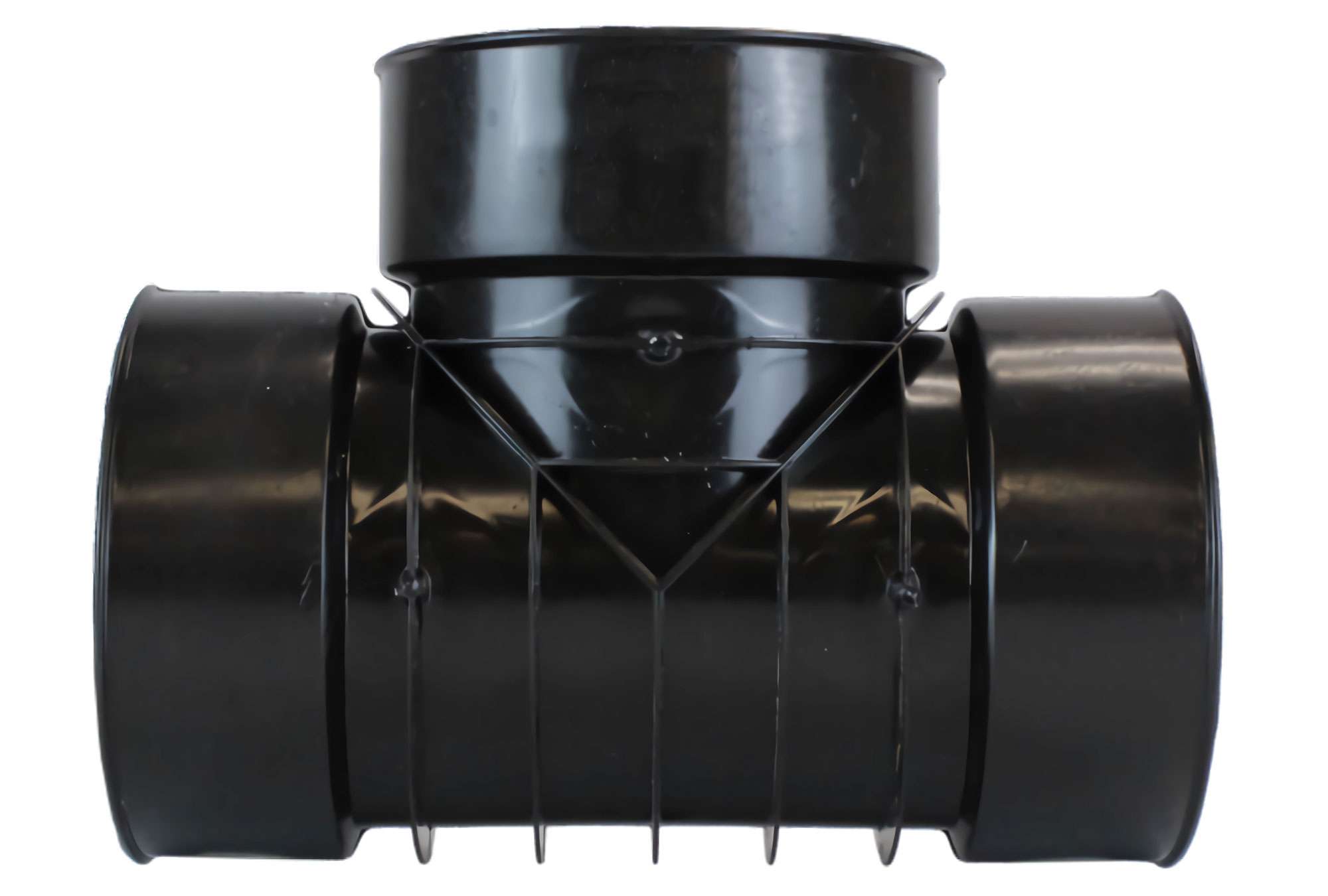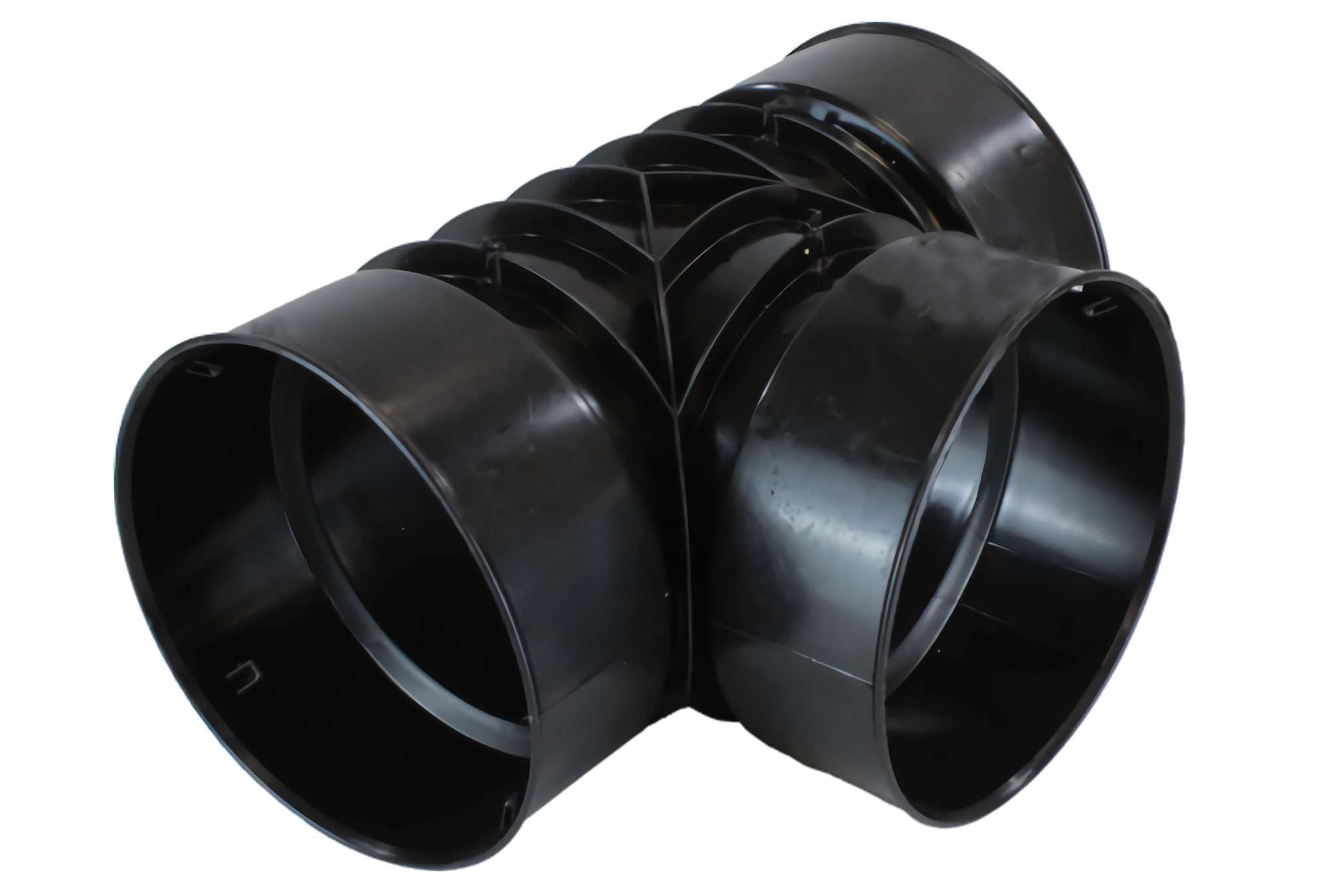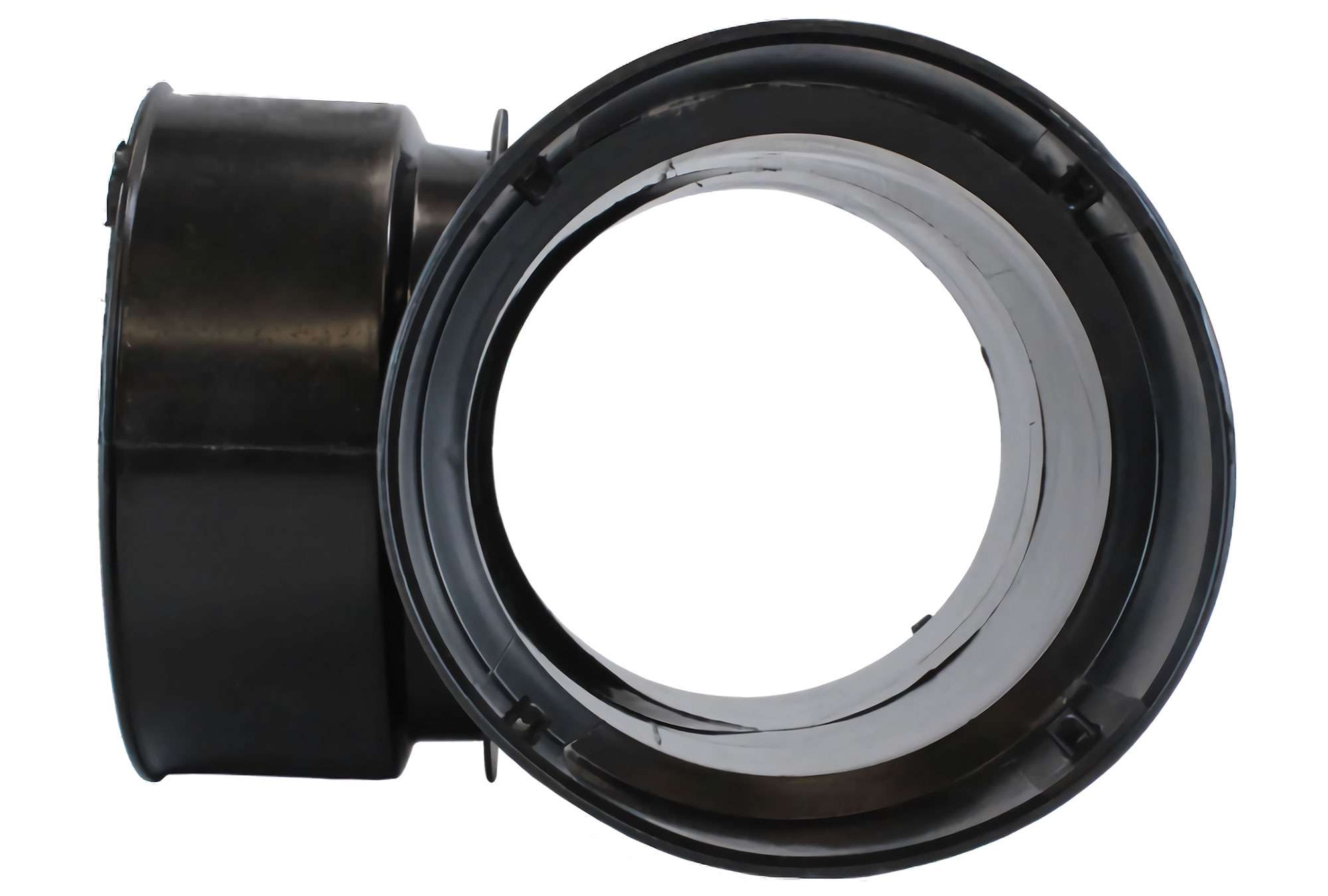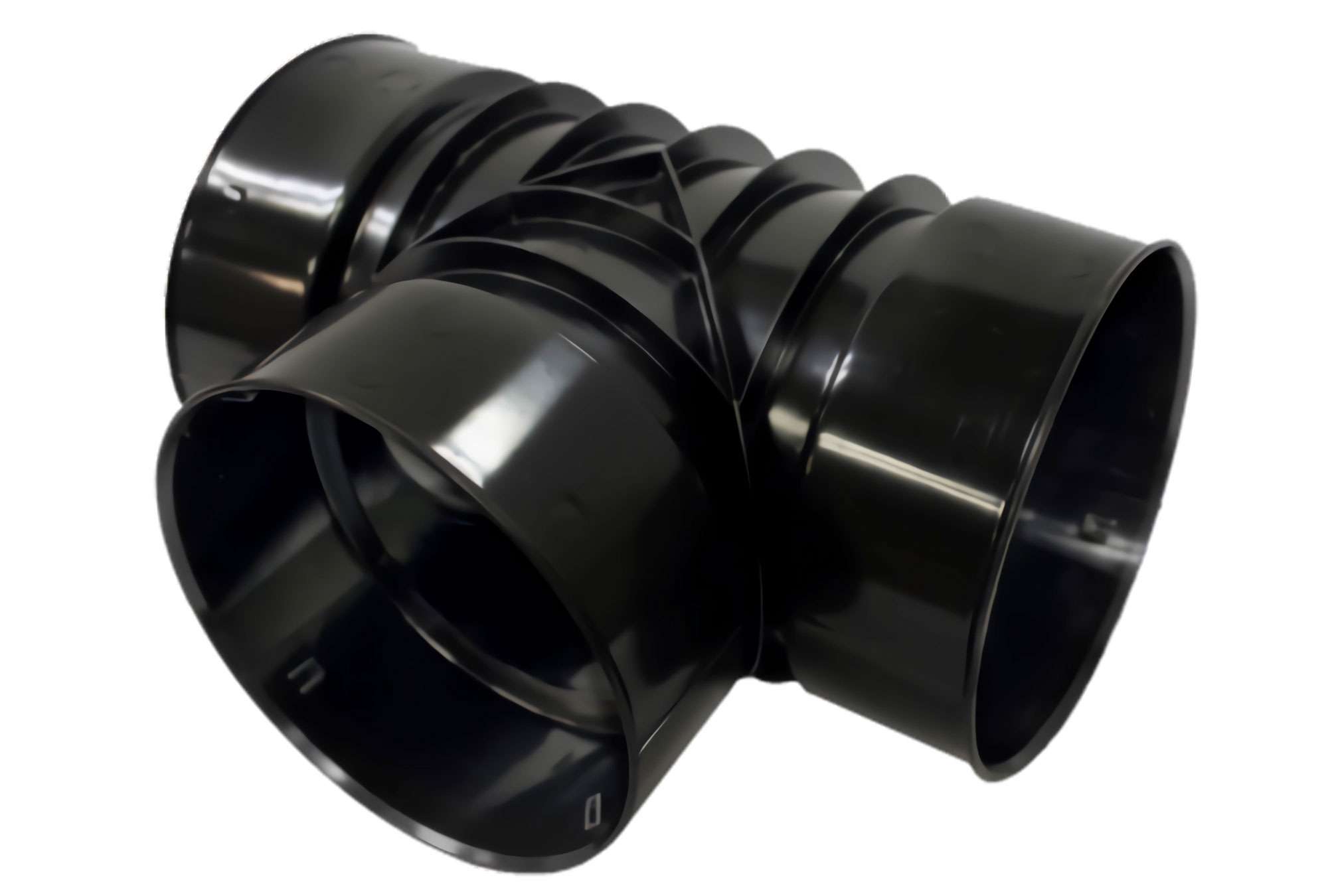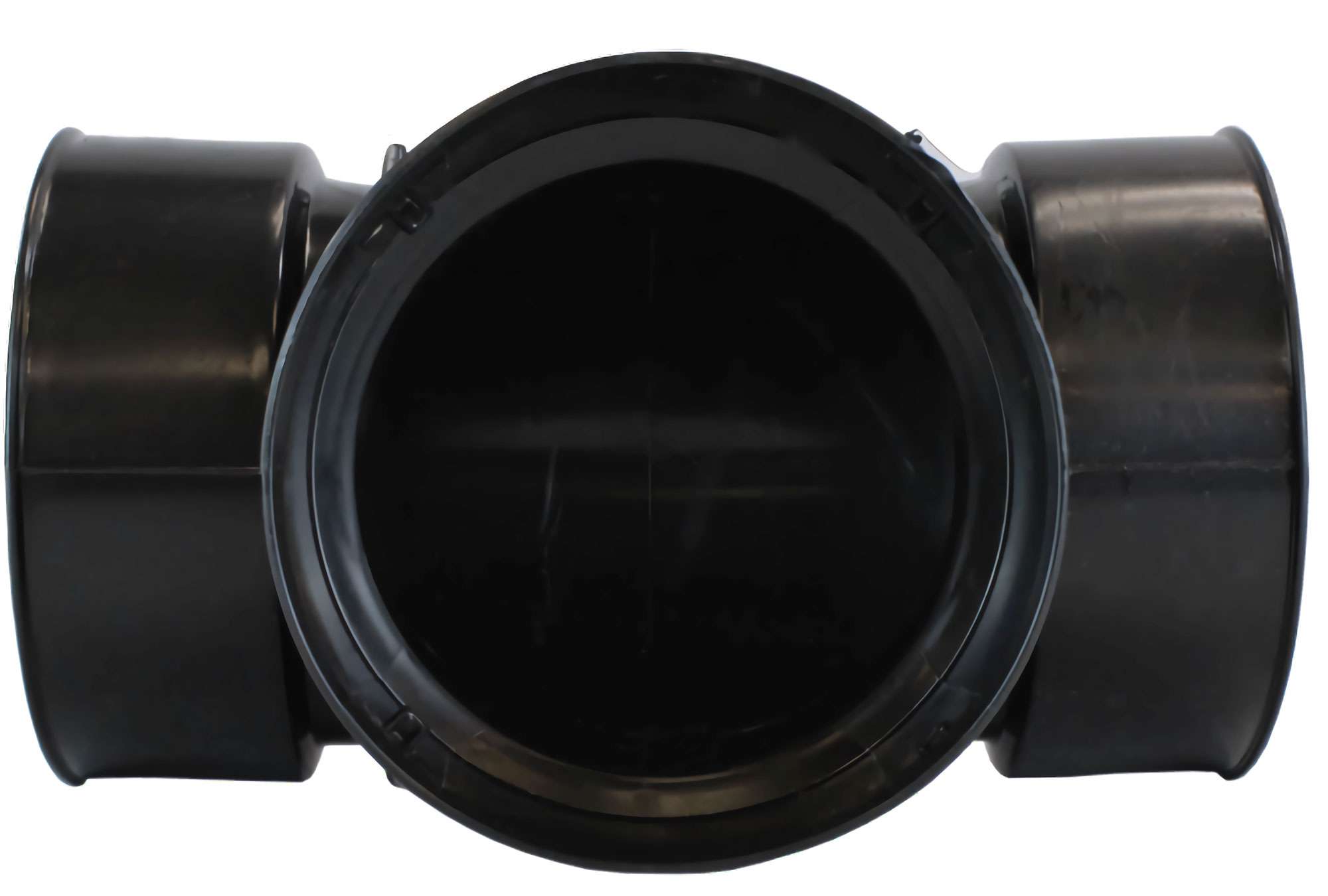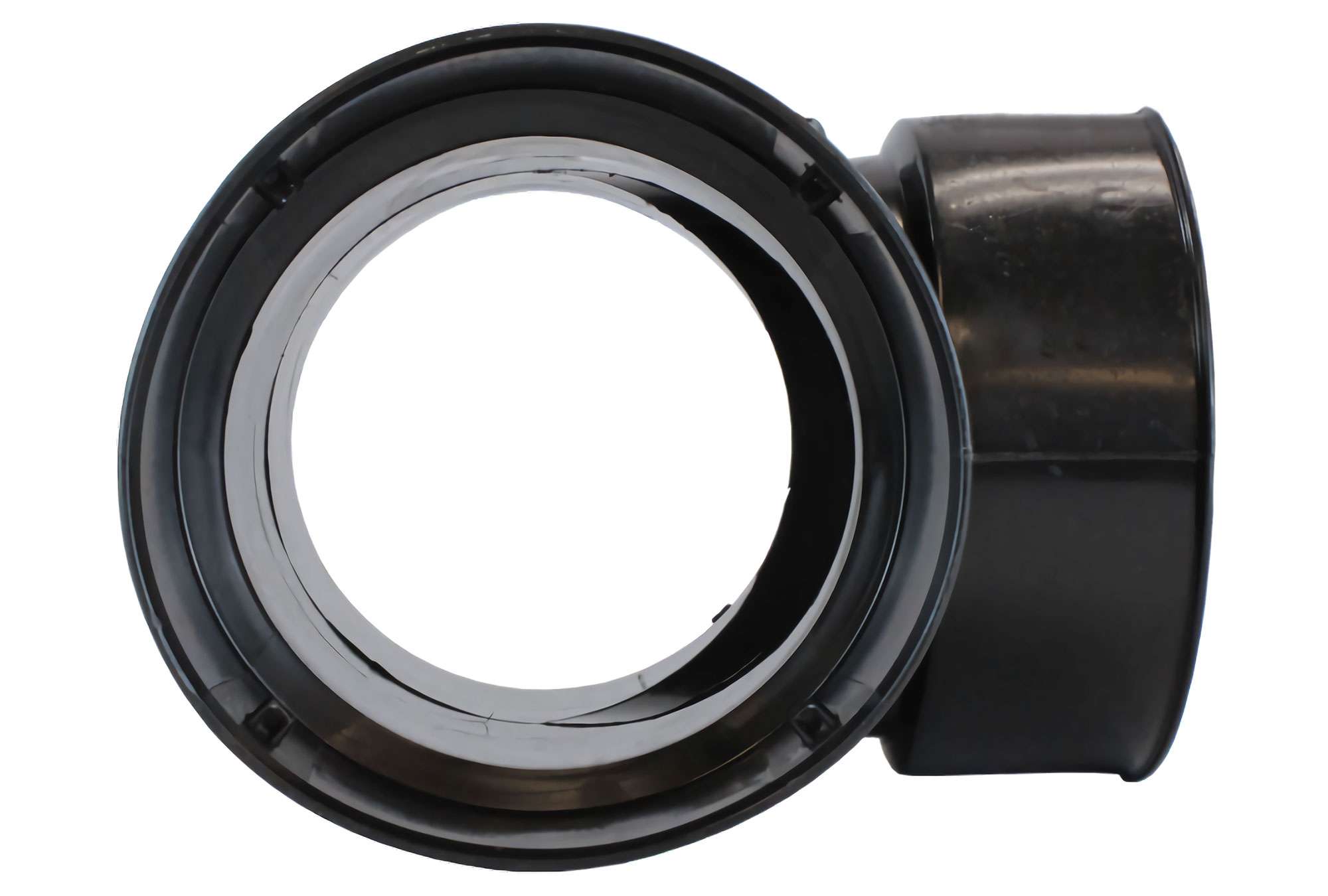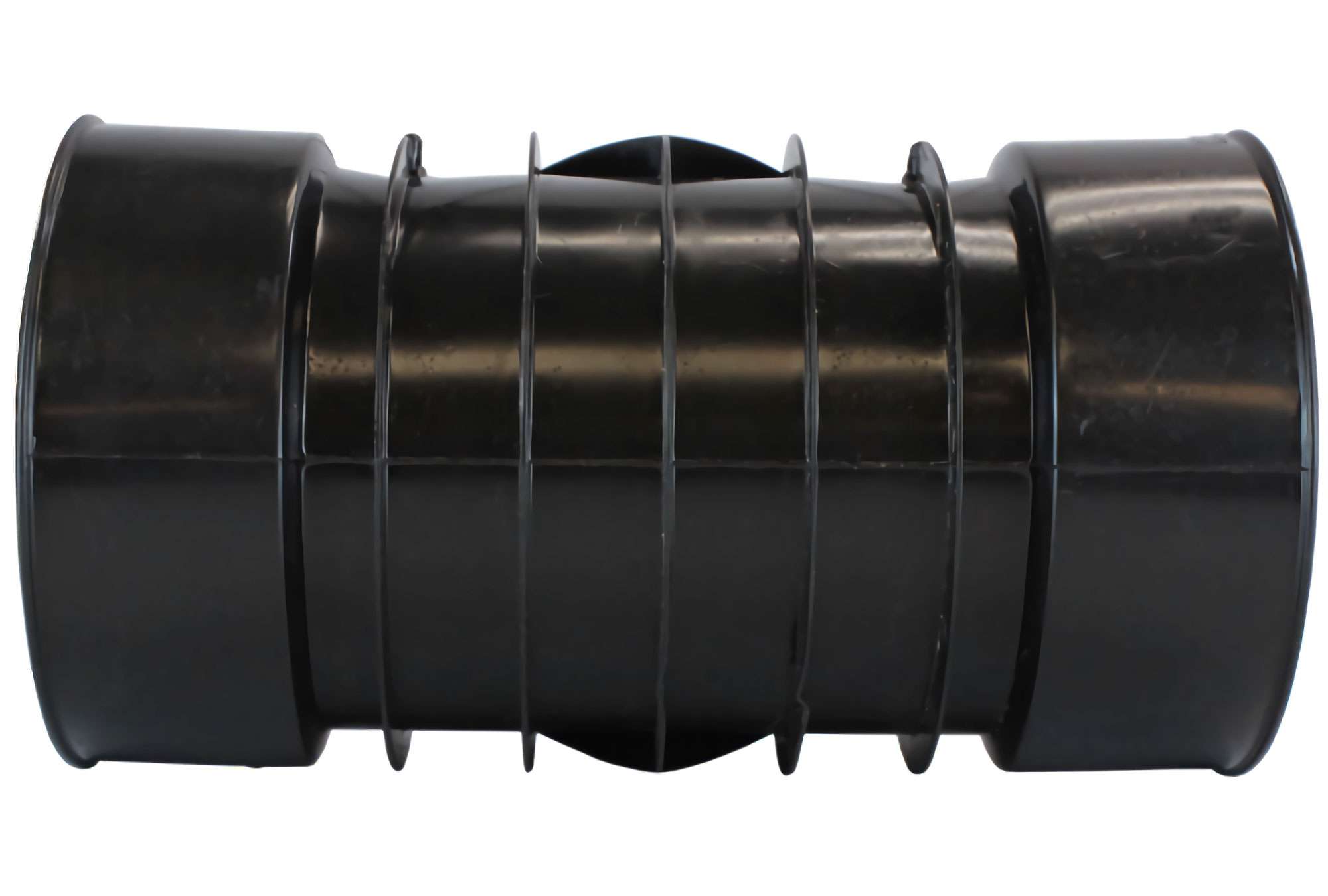In wastewater management, even minor deviations in branching efficiency can escalate into systemic vulnerabilities—a challenge that is not just theoretical but met head-on by the Corrugated Equal T-Junction. Engineered for precision, this innovation not only redefines 90-degree flow diversion in pressurized networks but does so through biomechanically inspired geometry. To understand its superiority, dive into its technical blueprint below, augmented by hyper-detailed visuals to dissect every component.
Crafted from corrosion-resistant HDPE, the junction thrives in chemically aggressive environments while simultaneously resisting deformation. What sets it apart, however, is its installation efficiency: the flange-equipped ends streamline the process—first, align the primary line with the coupling recess; next, position the gasket-sealed interface; and finally, apply compressive force for a zero-tolerance bond. By doing so, this design eradicates weak points at branching nodes and ensures hydraulic equilibrium across intersecting axes. Unlike conventional fittings, its radial compression ring distributes stress evenly, thereby preventing joint fatigue during pressure surges.
But how, exactly, does it achieve surgical flow redirection? The answer lies in a dual-stage mechanism: on one hand, the vertical flange-based collar stabilizes inflow vectors; on the other, the anti-microbial EPDM gasket adapts to pipe tolerances, which ensures leak-free operation across thermal cycles. Together, this synergy permits exacting 90-degree diversions without turbulence—a feature that becomes critical when adding tertiary lines or upgrading aging infrastructure.
For engineers reimagining resilient urban ecosystems, the Corrugated T-Junction bridges ambition and practicality by offering a fail-safe solution. To maximize its potential, elevate your designs with the attached ultra-high-resolution visuals (2000×1350 px): for instance, analyze rib-reinforced weld seams, cross-sectional gasket alignment, or even flange-to-pipeline torque ratios. Furthermore, files are optimized for BIM workflows—simply drag, drop, and simulate performance in your preferred CAD environment.
